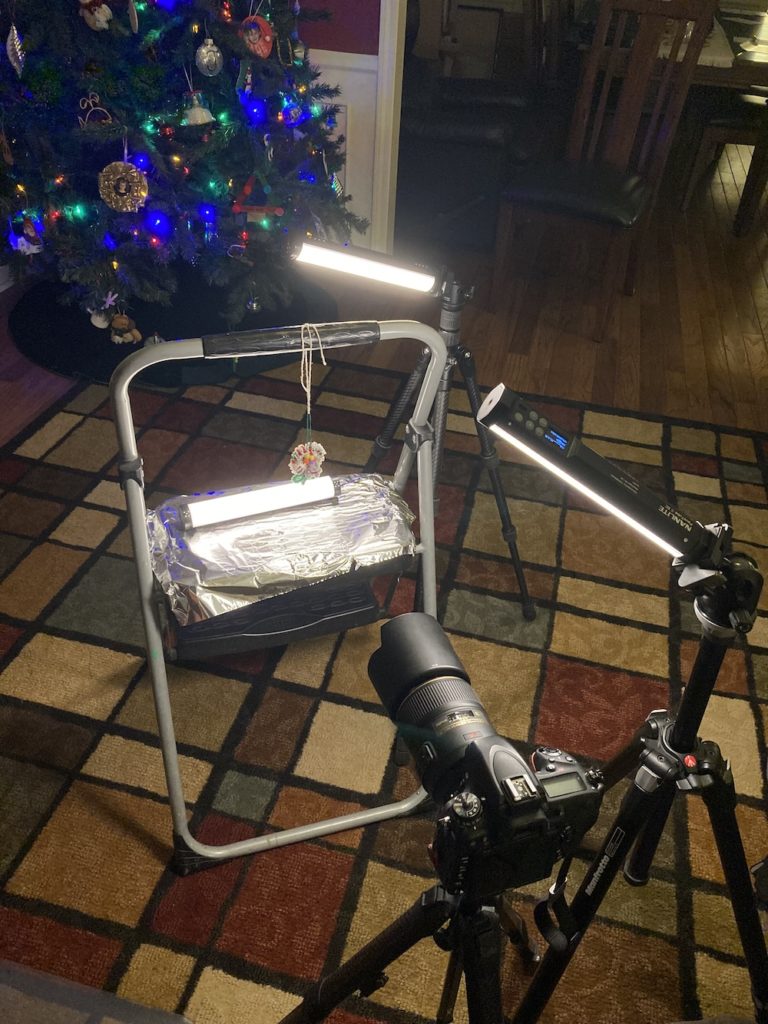
One thing I’m learning about taking pictures of lights like this, which I have done many times before, is that it’s a lot trickier than you might think. Initially, way back when I was just operating with my 50mm lens and a cheap (but effective!) set of close-up filters, I would just go around and find little bulbs like this, get my camera as close as I could to them, and take a shot. I didn’t put much thought into the idea of creating a complete composition, but instead mostly just cared about how much of the frame I could fill with a single light. It was fine, and I’m not going to fault myself for not knowing any better because it’s all part of the learning process, but I can see in this image just how far I have come since those days of my journey as a photographer.
The thing is, a shot like this doesn’t have to be difficult or require a long, complicated setup process. It does, however, require some thought and planning regarding composition, ambient light, and exposure–particularly the lens aperture in order to control depth of field. My goal here was to take a picture with one main subject, the orange light on the right side, but intentionally compose the image in such a way that there were additional out-of-focus lights receding into the background. Previously I would have just paid attention to the one single light, but I’ve learned that adding other elements such as the blurry background lights can have a profoundly transformative impact on this kind of composition.
So here’s what happened. I was walking along one of the paths that wind through the OSU campus one afternoon, camera in hand and headphones on my ears, when I saw a string of orange lights wrapped around a…um…shrubbery? Big green plant, is all I know. Anyway, my first thought was Point the camera at the thing and take a picture! But a second later my mind shifted to Let’s see what we can do to make a much more interesting picture. I realized that if I went over to one side of the plant, everything would be uniformly lit thanks to the shadow being cast by the plant itself. I also realized that if I took a picture at an oblique angle I could get a half dozen additional lights in the frame, but super blurred out and also partly obscured by the needles of the greenery. I used the good old-fashioned Rule Of Thirds to position the bulb, set the aperture to a wide-but-not-too-wide f/4.8, and fired off a couple of frames. Bam. Twenty seconds later I had the shot you see here, albeit with just a tad bit of tweaking to the colors in Lightroom afterwards. The result is an image that’s way more interesting than a single bulb, has a lot more going on in it for the viewer to look at, and makes me think of how I might shoot similar compositions (or at least learn from this one) down the road.




